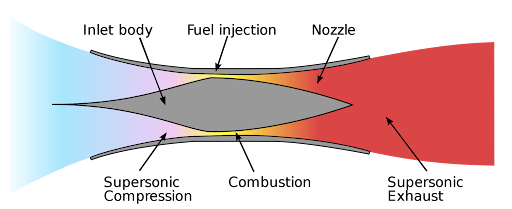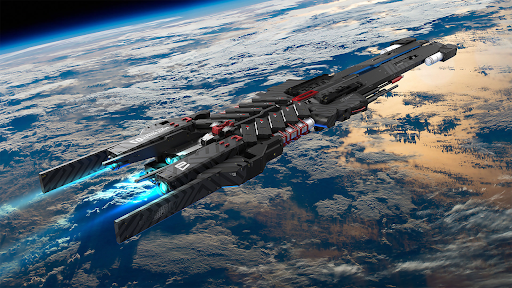Harvard's futuristic wearable soft robot is an interesting tool.
"Innovative research has developed a soft robotic garment that significantly reduces freezing episodes in Parkinson’s disease patients, offering a promising new approach to treatment and understanding of the disease. (Artist’s concept.) Credit: SciTechDaily.com." (ScitechDaily.com/Strides of Innovation: Soft Robotic Exosuit Improves Walking for People With Parkinson’s Disease)
The new soft robot suit can give major help to Parkinson's patients. But it can make many new things. The Harvard developers developed a futuristic soft robot suite for Parkinson patient's that can correct their "freezing" moments. That soft robot suite can interact with muscles and nerves. The computer system sees when the freezing moment comes. And the robot suite can react to that thing.
That robot suite can also be used by people who have brain injuries. Or bad balance. The robot suite sensors can see when a person falls. And then it can make counter-movement. That counter movement can done by using muscle stimulation. Or the system can use the tools that are connected to the robot suit.
When a person loses balance or goes unconscious the robot suit can save a person from injuries and even dial the emergency number. Then the AI tells what is the problem. The robot suite can also send information on the body functions to the ambulance crew that comes to the place. The number and position of sensors determine what data that kind of system can collect.
"Researchers at SEAS and the BU’s Sargent College of Health & Rehabilitation Sciences used a soft, wearable robot to help a person living with Parkinson’s walk without freezing. The robotic garment, worn around the hips and thighs, gives a gentle push to the hips as the leg swings, helping the patient achieve a longer stride. The research demonstrates the potential of soft robotics to treat a potentially dangerous symptom of Parkinson’s disease and could allow people living with the disease to regain their mobility and independence. Credit: Harvard SEAS" (ScitechDaily.com/Strides of Innovation: Soft Robotic Exosuit Improves Walking for People With Parkinson’s Disease)The thing is that this kind of system can also be suitable in space and other extreme places. In the deep sea, those robots can used to save scuba divers in the case of nitrogen narcosis. Another thing is that those robots or their sensors can also used to control the exobodies. Exobody is the robot that the operator controls in augmented reality. The system can use the EEG curves to control the human-looking robot's actions. Or the system can use sensors that connect to angles.
Those sensors are used to make human-looking animated cartoons. The same technology can used to control robots. The operator can control the "exobody" by using laser scanners and cameras that are in circles around the operator. Then the operator must only make movements and the system transfers them to the exobody.
An ability to take the body under control makes that kind of operation more flexible and safe than ever before. The robot suit can cooperate with the space suit. And when we think about wearable robot-space suits that thing can make it possible to create new types of tools to handle things like nuclear accidents.
Especially the heavy space suit called the "white suit" is very resistant to radiation. That kind of space suit robots can used for cleaning operations in areas, where radioactive fallout is at a dangerous level. The white suit is developed to protect its users against cosmic radiation and high-speed electrons and helium nuclei. The hollow suite-looking robot can act as a rescue capsule. The system can take humans inside it, and then travel out from the danger zone.
https://scitechdaily.com/strides-of-innovation-soft-robotic-exosuit-improves-walking-for-people-with-parkinsons-disease/











